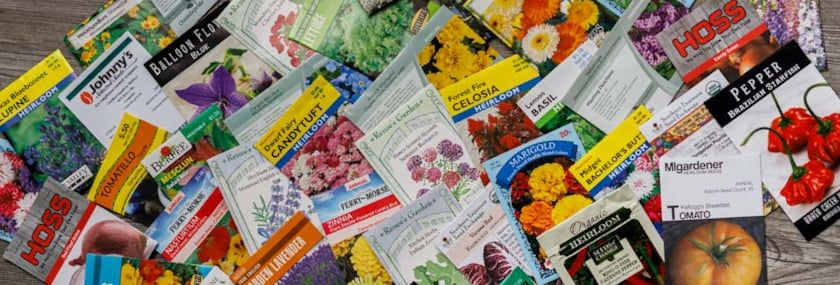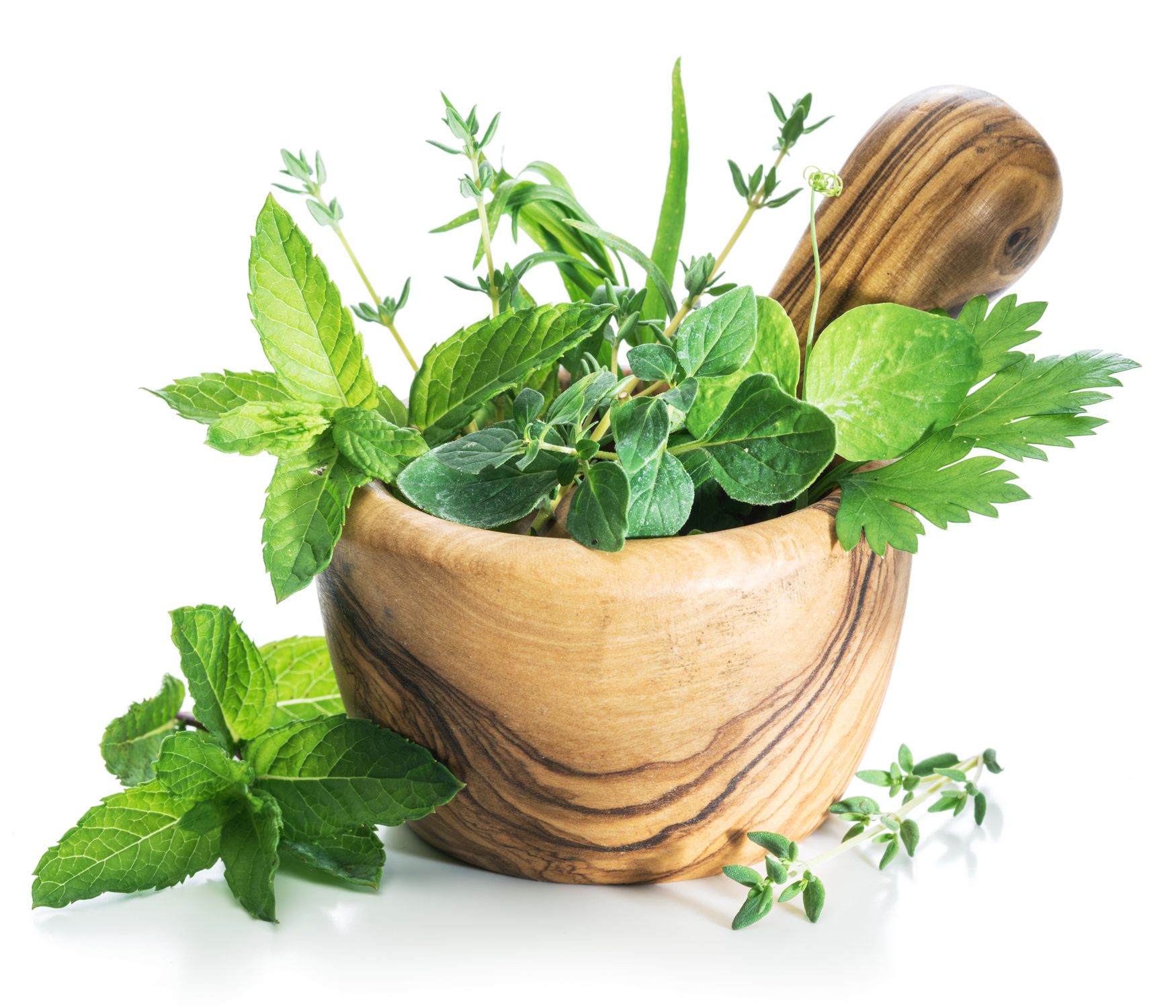How To Read Seed Catalogs


Get the most from your garden order
Every year in late winter to early spring new seed/plant catalogs arrive in our mailboxes or onto our favorite gardening eCommerce sites. The anticipation of new varieties and the sheer number of available cultivars fuels our collective gardening fervor.
Balancing our gardening frenzy with more prudent purchasing is a skill new and seasoned gardeners must acquire: Have fun but be practical.
Here are some insights and guidelines to help navigate the printed or online pages of your favorite seed and plant catalogs.
Learn the seed catalog’s layout
First, figure out the organization of the catalog or website. Find the index of variety categories or category pages of the company website. For example, look for important categories like non-GMO or Organic options.
In a print index you can highlight categories with the most interest that will require in-depth investigation. If you work from this process, when you get deep into the pages and become dizzied by the sheer number of splendid sounding varieties and totally forget what you were even looking for, you can always go back to the index or return to the website home page to reset. Then continue with a more focused and frugal search.
Identify the symbols
Many seed catalogs and online garden stores will use icons, symbols, or “Collections” to indicate varieties that offer reliability and valuable plant predictability. If you are not familiar with these or simply miss them, you may be overlooking dependable or superior cultivars.
Here are examples of helpful symbols or collections you might find in seed catalogs or on websites:
- ‘Flagship Seeds’—The “Flagship Seed Collection” are tried-and-true varieties proven in our own test gardens and from our customers’ gardens.
- ‘H’—indicates heirloom or heritage, open-pollinated varieties that have been in commerce for over 50 years.
- ‘AAS Winners’—These are All American Selections of flowers and vegetables that have been “Tested Nationally & Proven Locally” by this impartial, non-profit gardening organization. You can be assured these items are tested for their superior home garden performance by horticultural professionals from every corner of the U.S.
Review shipping schedules
Shipping schedules are important—you need to know what to expect. Planning is paramount for gardeners—you need to prepare.
If you cannot find the information you are looking for, just ask. Every eCommerce site will have a “Contact Us” tab or button, so don’t be afraid to utilize it.
Asking for shipping information is way better than being surprised by a package or worse, missing an important planting window.
More helpful tips
As with any retail business, prices may be discounted for bulk orders, or there may be “Early Bird’ specials. If these are not front and center search them out or just ask.
Maybe the company has periodic specials for free shipping. Again, it never hurts to ask if this is not immediately evident online or in the catalog. Give customer service a call.
Beginner gardeners should always search for “Starter Kits”. These will typically have all the components and tools needed for getting started, usually with savings already built in.
When shopping online, you often get pop-ups or suggestions for additional items or companion plants. While these can sometimes be annoying, understand they are always created thoughtfully by the company to be a useful tool not just a bother. If you forget to order something, that can cost more in additional shipping charges in the long run.
Know the warranty
We never want or expect to have plants fail, but we know gardening can be full of surprises. Shipping plants in dark, humid boxes to far-off destinations can be wrought with peril for live plants. Find the warranty info on the company website or catalog just in case you need to make a claim.
Read, think, dream
One of the most important tips about reading gardening catalogs is to try not to get overwhelmed by all the options and information. Seed and plant catalogs are not meant to be read cover-to-cover like a mystery novel. Instead, consider plant descriptions as mere “Mental Morsels”.
Descriptions should be read, analyzed, and mulled over—the material is more “Gideons” than “Grisham.” Read, think, and then dream about what plants might be and how to best use them to create a successful, beautiful, and bountiful garden next year.
You can’t plant EVERYTHING, can you?
Tags:Garden & Landscape

Acreage Life is part of the Catalyst Communications Network publication family.














